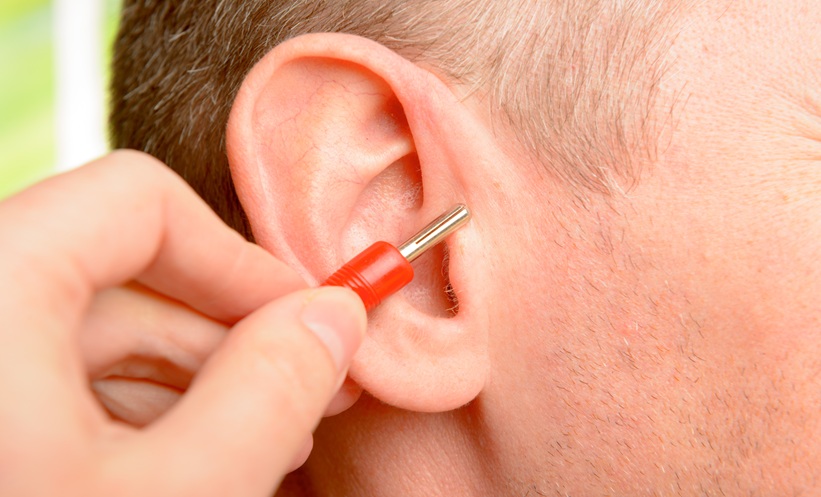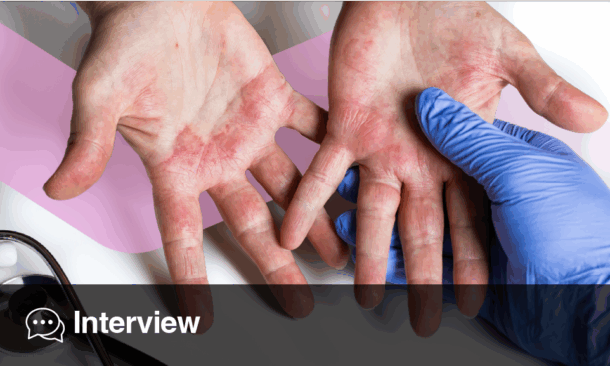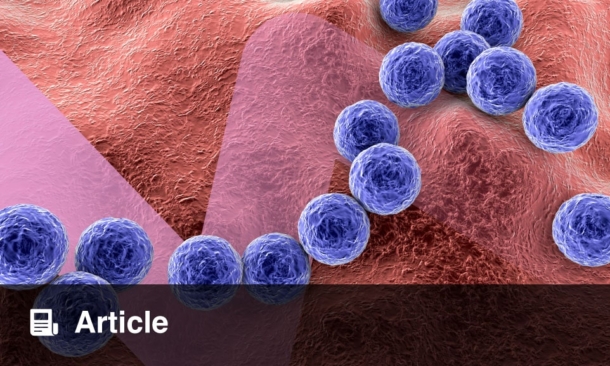ERYTHEMATOTELANGIECTATIC rosacea (ETR) is a chronic skin condition characterised by persistent facial redness, flushing, and visible blood vessels. Conventional treatments often struggle to provide consistent relief, leaving patients with physical discomfort and psychological distress. Recent advances in neuromodulation have introduced transcutaneous auricular vagus nerve stimulation (taVNS) as a potential therapy for managing ETR.
taVNS Reduces Facial Erythema and Systemic Symptoms
In a single-centre, randomised, double-blind, sham-controlled clinical trial, 72 patients with ETR were enrolled to assess the efficacy of taVNS compared with sham stimulation. Participants received daily 30-minute sessions of taVNS pulses at 30 Hz for three weeks, followed by a 24-week follow-up. The study measured primary outcomes using the Clinician’s Erythema Assessment (CEA) score and secondary outcomes including facial flushing, anxiety, depression, sleep disorders, migraine, and fatigue.
After three weeks, the taVNS group demonstrated a significant reduction in facial erythema, with a mean CEA score of 1.56 compared to 2.47 in the sham group. The therapy also substantially alleviated anxiety and depression, and improvements were maintained throughout the follow-up period. Notably, taVNS contributed to reductions in migraine severity, sleep disturbances, and fatigue, highlighting its potential as a holistic treatment for ETR patients. Adverse events were rare, indicating a favourable safety profile.
Clinical Implications and Potential of taVNS
The trial’s findings suggest that taVNS offers a dual benefit by addressing both cutaneous and systemic symptoms associated with ETR. Beyond reducing facial redness, the therapy positively impacted comorbid conditions such as anxiety, depression, and sleep disorders, which are commonly reported in rosacea patients. As a non-invasive, well-tolerated approach, taVNS may provide a valuable alternative or adjunct to traditional dermatological treatments, including topical agents and oral medications.
This study represents one of the first rigorously designed clinical trials demonstrating the efficacy of taVNS for ETR. With further multicentre studies and long-term evaluations, taVNS could become a standard component in managing both the physical and psychological burden of erythematotelangiectatic rosacea.
Reference
Li J et al. Transcutaneous auricular vagus nerve stimulation treatment for erythematotelangiectatic rosacea: a randomized clinical trial. JAMA Dermatol. 2025;DOI:10.1001/jamadermatol.2025.3796.








